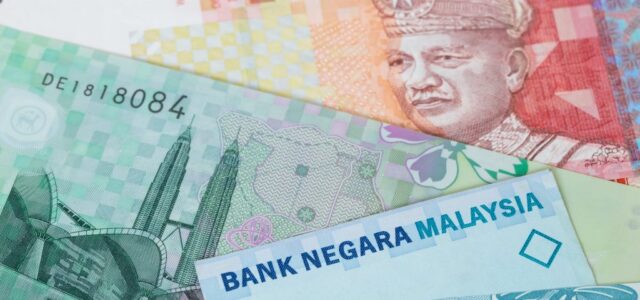Ringgit edges higher as US dollar weakens, buoyed by steady domestic demand
ringgit-edges-higher-as-us-dollar-weakens-buoyed-by-steady-domestic-demand
#Ringgit #edges #higher #dollar #weakens #buoyed #steady #domestic #demand,
MALAYSIA: The ringgit closed the week on a stronger note against the US dollar, buoyed by continued weakness in the greenback as a hotter-than-expected US producer price index (PPI) for July failed to provide sustained support for the currency, Bernama reported.
Bank Muamalat Malaysia Bhd chief economist Afzanizam Rashid said the ringgit traded within a narrow range – between RM4.2162 and RM4.2225 – while the US Dollar Index slipped 0.36% to 97.900 points.
He noted that Malaysia’s gross domestic product (GDP) held steady at 4.4% in the second quarter of 2025, with domestic demand continuing to drive growth, while a contraction in net exports highlighted the external sector as the main drag.
“The downside risks to growth have become elevated due to the uncertainties over external development,” Afzanizam told Bernama.
At 6 p.m. on Friday (Aug 15), the local currency rose marginally to 4.2085/4.2155 against the greenback, compared with Thursday’s close of 4.2090/4.2145.
Stronger against major and regional currencies
At the close, the ringgit was mostly higher against major currencies. It strengthened against the Japanese yen (2.8653/2.8702 from 2.8703/2.8742) and the British pound (5.7050/5.7145 from 5.7146/5.7220), though it eased slightly against the euro (4.9185/4.9267 from 4.9170/4.9234).
The local currency also traded stronger against regional peers. It appreciated against the Singapore dollar (3.2820/3.2877 from 3.2849/3.2895), Thai baht (12.9760/13.0032 from 13.0004/13.0238), Philippine peso (7.37/7.39 from 7.39/7.41), and Indonesian rupiah (260.2/260.8 from 261.1/261.6).
What this means for Singapore
The ringgit’s relative strength, particularly against the Singapore dollar, could have implications for cross-border spending. For Singaporeans, a stronger ringgit means slightly higher costs when travelling to Malaysia, whether for shopping, dining, or weekend getaways.
Frequent commuters who cross the Causeway may feel the pinch most; everyday expenses like petrol, groceries, or eating out in Johor Bahru may become more expensive in Singapore dollar terms.
Nonetheless, the movement also reflects Malaysia’s relative economic resilience. As Bernama reported, it shows that the domestic demand continues to support the currency despite global uncertainties.
